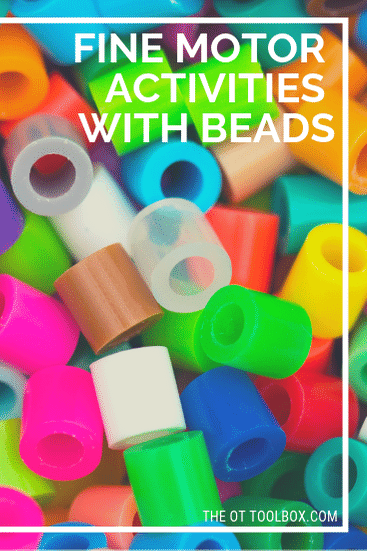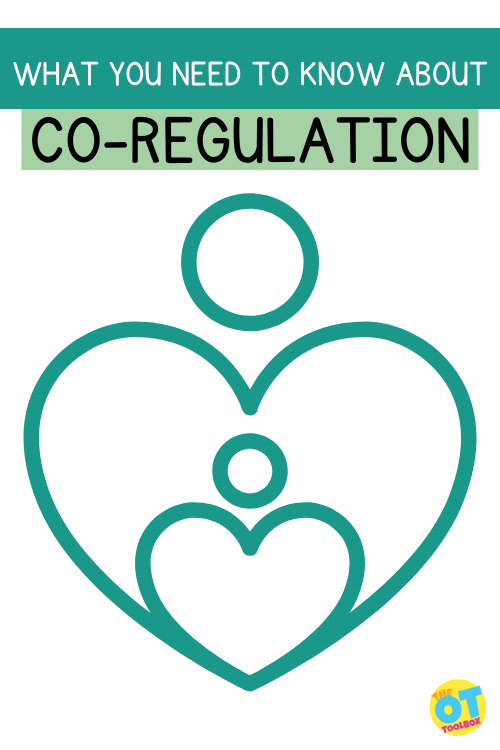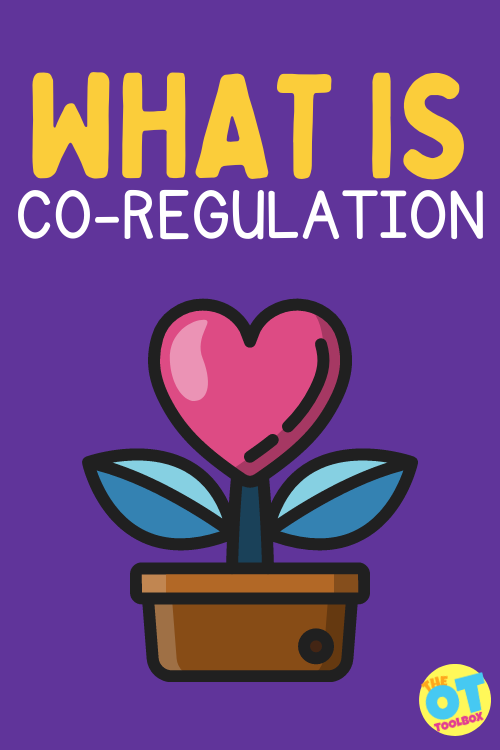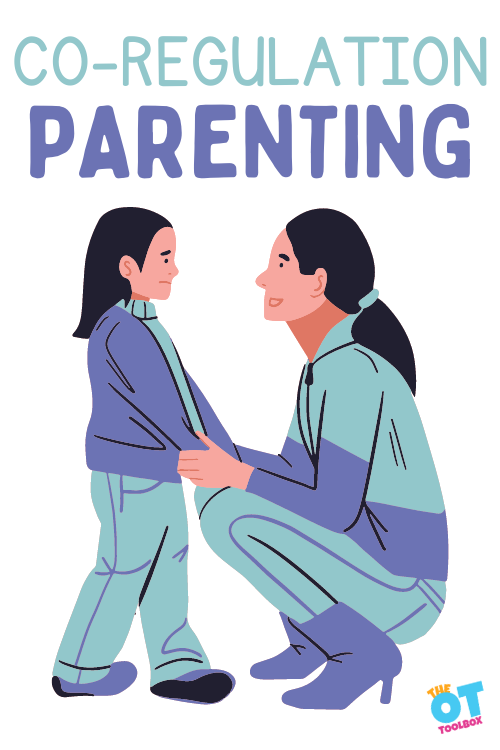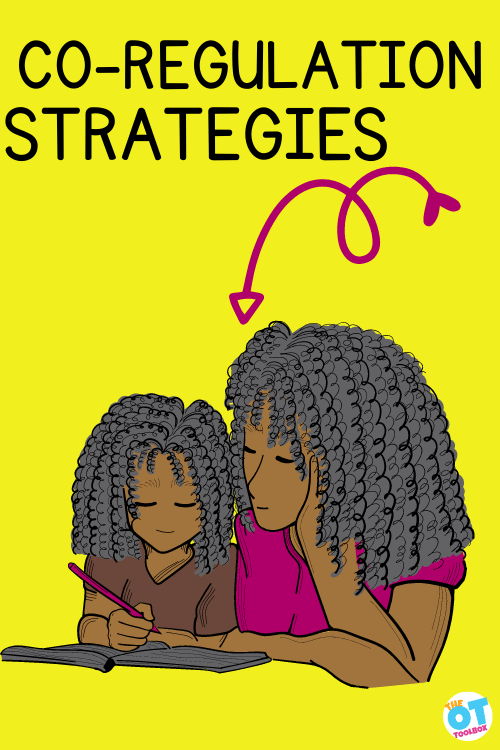Did you know the ability to use and practice empathy in everyday situations is a learned skill? There are actually specific and defined stages of empathy development. This blog discusses the stages of empathy development in the first five years of a child’s life. Not only do children need to understand who they are as a person and their own feelings, but how others feel. Empathy isn’t something that can be forced on a child, but it is something they can become familiar with, and understand through adult support and play based activities.
It’s all part of the social emotional development in kids.
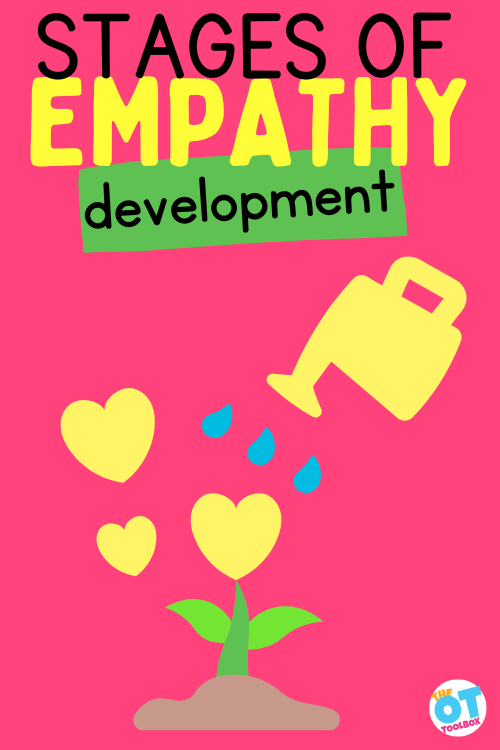
stages of empathy development
In this post I will be covering the stages of empathy development and some activities preschoolers can participate in, to understand and practice empathy.
Empathy is the development of care for others. When I was young, my mom always told me to say “I’m sorry” when I was in a conflict with my cousin. Sometimes I didn’t feel sorry (after all, he was the one that took the Ninja Turtle from me first), but I did what I was told. After a while, saying “I’m sorry” felt repetitive, with no actual meaning behind it.
Instead of teaching children to automatically say “I’m sorry,” without actually meaning the words, what would happen if we helped children understand how another person is feeling, and respond with care for that person’s feelings? This awareness of how others feel in a given situation is called empathy.
Empathy is a complex skill that is learned over time.
Empathy Development
From the time a child is born, they open their eyes and notice that they are not the only being! There could be mom, dad, nurses, and other caregivers doing everything possible to get the baby’s needs met. As a child grows, they are introduced to siblings, cousins, peers, and other adults. Every interaction a child has, provides them with opportunities to understand social structure and engagement.
Even though the baby doesn’t show empathy at this stage, the interactions are the beginning of empathy development.
According to Professor Martin L. Hoffman, the main theorist on the development of empathy in childhood, “there must be parallelism of feelings and affections with thoughts, moral principles, and behavioral tendencies.” According to this article in “The Matter of Style” the four stages of empathy include the following:
First stage (global empathy)
Global empathy comprises the first year of a person’s life. Babies do not yet perceive others as different from themselves.
For this reason, children may mimic feelings they see another person experiencing. You’ve probably seen the baby that mimics the facial expression of a parent when a wide eyed, funny face is made.
Second stage (egocentric empathy)
The second stage corresponds to the second year of life. Toddlers may be more aware that it is the other person who is going through the unpleasant situation. They are unable to understand or feel for the other person.
A child might clearly see another child crying, but have no understanding why they are crying, or have any feelings about it. The child may go to their mother to enlist help.
One way to foster this skill is by self-awareness skills such as using a feelings check in activity.
Third stage (empathy for the feelings of others)
The third of four stages of empathy development emerges from the second to the third year, or the preschool years. The child is aware that the feelings they experience are different from those of the other person, and is able to respond to them in a non-self-centered way.
At this point, they are already in a position to understand that the other person’s intentions and needs differ from their own and, therefore, that person’s emotions may also differ from their own. Thus, for example, they become able to console.
Fourth Stage (empathy for the life condition of others)
The fourth stage comprises the final period of childhood. The feelings of others are perceived not only as reactions of the moment, but also as expressions of their general life experience.
That is, they respond differently to transitory and chronic states of pain, since they take into consideration the general condition of the other.
Activities for Each Stage of Empathy Development
How to support empathy development in each stage:
Ages 0–12 Months: Supporting strong, secure attachments in infants, is essential at this age. As babies learn that others understand how they are feeling, and are supported by getting their needs met, they learn their emotions and feelings can be understood by others, even before they can talk.
Ages 1–3 years: To help toddlers develop empathy, describe their feelings to them, and the feelings of others around them. This is helpful when they are engaging in play with other kids, as toddlers have a harder time managing their emotions. Explain social situations to children. This develops emotional vocabulary. “Sandy was sad because she fell and it hurt. It was so nice that you gave her some ice to help her leg feel better.”
Ages 3–5 years: In the preschool years, children are learning how to respond to their feelings and the feelings of others. Adults can support empathy development by asking open ended questions and providing concrete ways for children to calm down and express their feelings. Example, why do you think Jeremy is so mad? Through using emotional tools such as the emotion play dough mats, children are able to regulate their feelings and learn how to communicate their needs to others. Emotional regulation games are another way to develop these skills.
A note about the various stages of empathy:
Children will develop empathy at the level of their social, emotional, and developmental age, not necessarily their chronological age. A seven year old child with autism who is functioning at a two year level will typically be working at the second stage of development.
With the explosion of atypical neurodevelopment, it is not unlikely for young children to be functioning well below their chronological age. Start where they are, and move forward. Adults can practice empathy as they try and help young people move through the stages of empathy development.
The social and emotional measures in this preschool rating scale includes empathy goals for children ages 19 months and up. As empathy development becomes a focus in Early Childhood and is essential for Kindergarten readiness, teachers and parents are looking for easier ways to teach empathy through play.
Another great tool is our developmental checklist.
Empathy Activities for Preschoolers
Empathy is one of those areas that develop through interaction and the work of the child, or play. We have many social emotional activities for preschoolers to foster this skill.
- Pretend play is a wonderful way to teach empathy to young children. You can do this as an adult directed activity, through puppets, or assigning roles to children during large group times. Encouraging a child child to pretend to be sad for a specific reason, while having another child take care of them, will help children learn the feeling of empathy. Read here about more of the dramatic play benefits in pretend play.
- Emotion activities that are available to complete on a daily basis, help children learn how to name different feelings in themselves and identify those feelings in others. My Soothing Sammy Puppy Activities, Bug emotions activities, Pumpkin emotion activities, and Play dough mats are all great ways to teach emotion words and feelings to preschoolers.
- Friendship activities such as these from the OT Toolbox. This digital download contains 50 hands-on, multi-sensory play-centered activities for anyone helping kids learn about friendship, acceptance, empathy, compassion, and differences in others. These activities encourage cooperation, negotiation and communication through play.
- Use Books- Reading books with children is an easy way to talk about the characters, the story, and how the characters feel. Use these social emotional books for preschoolers to get started. Be sure to check out our comprehensive list of children’s books to teach the Zones of Regulation for more ideas.
A final note on empathy
Empathy is something that is not natural to children, but a skill developed over time. It starts with strong, positive attachments in early childhood. When children have the opportunities to practice developing their social skills by being provided a variety of opportunities to engage in play throughout early childhood, their empathy grows exponentially.
You can support development at home, too. Adults can support the development of empathy in early childhood by asking open ended questions, creating opportunities for children to practice developing friendships through play, and providing children with concrete ways to respond to big feelings in themselves and others. It’s all part of the child development.

Jeana Kinne is a veteran preschool teacher and director. She has over 20 years of experience in the Early Childhood Education field. Her Bachelors Degree is in Child Development and her Masters Degree is in Early Childhood Education. She has spent over 10 years as a coach, working with Parents and Preschool Teachers, and another 10 years working with infants and toddlers with special needs. She is also the author of the “Sammy the Golden Dog” series, teaching children important skills through play.

